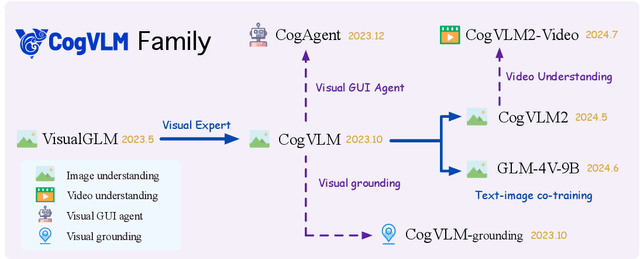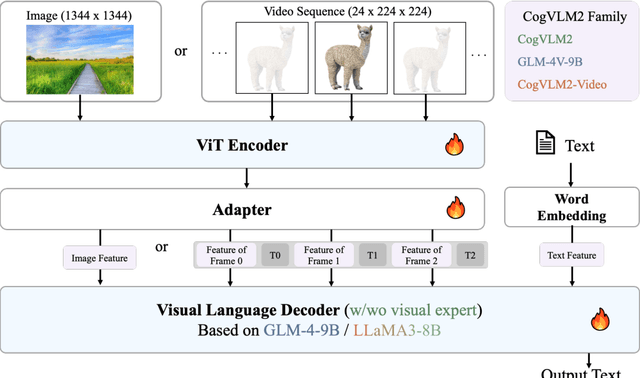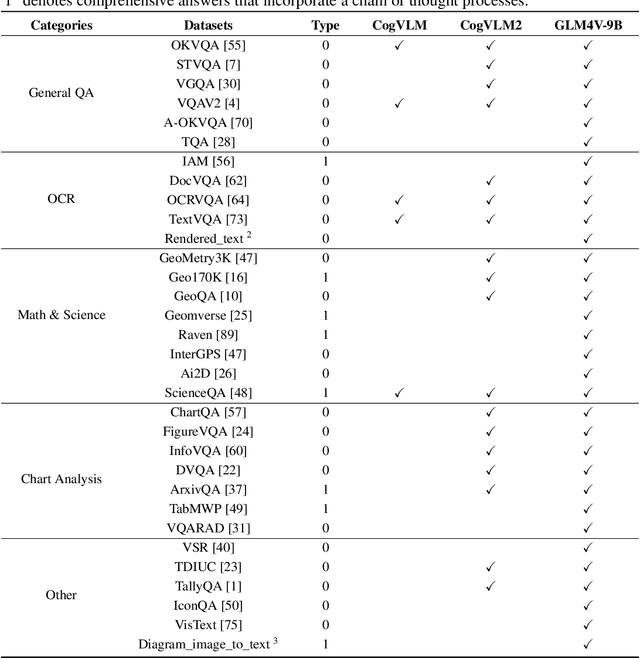Ji Qi
An artificially intelligent magnetic resonance spectroscopy quantification method: Comparison between QNet and LCModel on the cloud computing platform CloudBrain-MRS
Mar 06, 2025Abstract:Objctives: This work aimed to statistically compare the metabolite quantification of human brain magnetic resonance spectroscopy (MRS) between the deep learning method QNet and the classical method LCModel through an easy-to-use intelligent cloud computing platform CloudBrain-MRS. Materials and Methods: In this retrospective study, two 3 T MRI scanners Philips Ingenia and Achieva collected 61 and 46 in vivo 1H magnetic resonance (MR) spectra of healthy participants, respectively, from the brain region of pregenual anterior cingulate cortex from September to October 2021. The analyses of Bland-Altman, Pearson correlation and reasonability were performed to assess the degree of agreement, linear correlation and reasonability between the two quantification methods. Results: Fifteen healthy volunteers (12 females and 3 males, age range: 21-35 years, mean age/standard deviation = 27.4/3.9 years) were recruited. The analyses of Bland-Altman, Pearson correlation and reasonability showed high to good consistency and very strong to moderate correlation between the two methods for quantification of total N-acetylaspartate (tNAA), total choline (tCho), and inositol (Ins) (relative half interval of limits of agreement = 3.04%, 9.3%, and 18.5%, respectively; Pearson correlation coefficient r = 0.775, 0.927, and 0.469, respectively). In addition, quantification results of QNet are more likely to be closer to the previous reported average values than those of LCModel. Conclusion: There were high or good degrees of consistency between the quantification results of QNet and LCModel for tNAA, tCho, and Ins, and QNet generally has more reasonable quantification than LCModel.
p-MoD: Building Mixture-of-Depths MLLMs via Progressive Ratio Decay
Dec 05, 2024



Abstract:Despite the remarkable performance of multimodal large language models (MLLMs) across diverse tasks, the substantial training and inference costs impede their advancement. The majority of computation stems from the overwhelming volume of vision tokens processed by the transformer decoder. In this paper, we propose to build efficient MLLMs by leveraging the Mixture-of-Depths (MoD) mechanism, where each transformer decoder layer selects essential vision tokens to process while skipping redundant ones. However, integrating MoD into MLLMs is non-trivial. To address the challenges of training and inference stability as well as limited training data, we adapt the MoD module with two novel designs: tanh-gated weight normalization (TanhNorm) and symmetric token reweighting (STRing). Moreover, we observe that vision tokens exhibit higher redundancy in deeper layer and thus design a progressive ratio decay (PRD) strategy, which gradually reduces the token retention ratio layer by layer, employing a shifted cosine schedule. This crucial design fully unleashes the potential of MoD, significantly boosting the efficiency and performance of our models. To validate the effectiveness of our approach, we conduct extensive experiments with two baseline models across 14 benchmarks. Our model, p-MoD, matches or even surpasses the performance of the baseline models, with only 55.6% TFLOPs and 53.8% KV cache storage during inference, and 77.7% GPU hours during training.
Weakly Supervised Framework Considering Multi-temporal Information for Large-scale Cropland Mapping with Satellite Imagery
Nov 27, 2024Abstract:Accurately mapping large-scale cropland is crucial for agricultural production management and planning. Currently, the combination of remote sensing data and deep learning techniques has shown outstanding performance in cropland mapping. However, those approaches require massive precise labels, which are labor-intensive. To reduce the label cost, this study presented a weakly supervised framework considering multi-temporal information for large-scale cropland mapping. Specifically, we extract high-quality labels according to their consistency among global land cover (GLC) products to construct the supervised learning signal. On the one hand, to alleviate the overfitting problem caused by the model's over-trust of remaining errors in high-quality labels, we encode the similarity/aggregation of cropland in the visual/spatial domain to construct the unsupervised learning signal, and take it as the regularization term to constrain the supervised part. On the other hand, to sufficiently leverage the plentiful information in the samples without high-quality labels, we also incorporate the unsupervised learning signal in these samples, enriching the diversity of the feature space. After that, to capture the phenological features of croplands, we introduce dense satellite image time series (SITS) to extend the proposed framework in the temporal dimension. We also visualized the high dimensional phenological features to uncover how multi-temporal information benefits cropland extraction, and assessed the method's robustness under conditions of data scarcity. The proposed framework has been experimentally validated for strong adaptability across three study areas (Hunan Province, Southeast France, and Kansas) in large-scale cropland mapping, and the internal mechanism and temporal generalizability are also investigated.
Class-RAG: Content Moderation with Retrieval Augmented Generation
Oct 18, 2024



Abstract:Robust content moderation classifiers are essential for the safety of Generative AI systems. Content moderation, or safety classification, is notoriously ambiguous: differences between safe and unsafe inputs are often extremely subtle, making it difficult for classifiers (and indeed, even humans) to properly distinguish violating vs. benign samples without further context or explanation. Furthermore, as these technologies are deployed across various applications and audiences, scaling risk discovery and mitigation through continuous model fine-tuning becomes increasingly challenging and costly. To address these challenges, we propose a Classification approach employing Retrieval-Augmented Generation (Class-RAG). Class-RAG extends the capability of its base LLM through access to a retrieval library which can be dynamically updated to enable semantic hotfixing for immediate, flexible risk mitigation. Compared to traditional fine-tuned models, Class-RAG demonstrates flexibility and transparency in decision-making. As evidenced by empirical studies, Class-RAG outperforms on classification and is more robust against adversarial attack. Besides, our findings suggest that Class-RAG performance scales with retrieval library size, indicating that increasing the library size is a viable and low-cost approach to improve content moderation.
ExpLLM: Towards Chain of Thought for Facial Expression Recognition
Sep 04, 2024



Abstract:Facial expression recognition (FER) is a critical task in multimedia with significant implications across various domains. However, analyzing the causes of facial expressions is essential for accurately recognizing them. Current approaches, such as those based on facial action units (AUs), typically provide AU names and intensities but lack insight into the interactions and relationships between AUs and the overall expression. In this paper, we propose a novel method called ExpLLM, which leverages large language models to generate an accurate chain of thought (CoT) for facial expression recognition. Specifically, we have designed the CoT mechanism from three key perspectives: key observations, overall emotional interpretation, and conclusion. The key observations describe the AU's name, intensity, and associated emotions. The overall emotional interpretation provides an analysis based on multiple AUs and their interactions, identifying the dominant emotions and their relationships. Finally, the conclusion presents the final expression label derived from the preceding analysis. Furthermore, we also introduce the Exp-CoT Engine, designed to construct this expression CoT and generate instruction-description data for training our ExpLLM. Extensive experiments on the RAF-DB and AffectNet datasets demonstrate that ExpLLM outperforms current state-of-the-art FER methods. ExpLLM also surpasses the latest GPT-4o in expression CoT generation, particularly in recognizing micro-expressions where GPT-4o frequently fails.
CogVLM2: Visual Language Models for Image and Video Understanding
Aug 29, 2024



Abstract:Beginning with VisualGLM and CogVLM, we are continuously exploring VLMs in pursuit of enhanced vision-language fusion, efficient higher-resolution architecture, and broader modalities and applications. Here we propose the CogVLM2 family, a new generation of visual language models for image and video understanding including CogVLM2, CogVLM2-Video and GLM-4V. As an image understanding model, CogVLM2 inherits the visual expert architecture with improved training recipes in both pre-training and post-training stages, supporting input resolution up to $1344 \times 1344$ pixels. As a video understanding model, CogVLM2-Video integrates multi-frame input with timestamps and proposes automated temporal grounding data construction. Notably, CogVLM2 family has achieved state-of-the-art results on benchmarks like MMBench, MM-Vet, TextVQA, MVBench and VCGBench. All models are open-sourced in https://github.com/THUDM/CogVLM2 and https://github.com/THUDM/GLM-4, contributing to the advancement of the field.
Exploring The Neural Burden In Pruned Models: An Insight Inspired By Neuroscience
Jul 27, 2024Abstract:Vision Transformer and its variants have been adopted in many visual tasks due to their powerful capabilities, which also bring significant challenges in computation and storage. Consequently, researchers have introduced various compression methods in recent years, among which the pruning techniques are widely used to remove a significant fraction of the network. Therefore, these methods can reduce significant percent of the FLOPs, but often lead to a decrease in model performance. To investigate the underlying causes, we focus on the pruning methods specifically belonging to the pruning-during-training category, then drew inspiration from neuroscience and propose a new concept for artificial neural network models named Neural Burden. We investigate its impact in the model pruning process, and subsequently explore a simple yet effective approach to mitigate the decline in model performance, which can be applied to any pruning-during-training technique. Extensive experiments indicate that the neural burden phenomenon indeed exists, and show the potential of our method. We hope that our findings can provide valuable insights for future research. Code will be made publicly available after this paper is published.
LVBench: An Extreme Long Video Understanding Benchmark
Jun 12, 2024



Abstract:Recent progress in multimodal large language models has markedly enhanced the understanding of short videos (typically under one minute), and several evaluation datasets have emerged accordingly. However, these advancements fall short of meeting the demands of real-world applications such as embodied intelligence for long-term decision-making, in-depth movie reviews and discussions, and live sports commentary, all of which require comprehension of long videos spanning several hours. To address this gap, we introduce LVBench, a benchmark specifically designed for long video understanding. Our dataset comprises publicly sourced videos and encompasses a diverse set of tasks aimed at long video comprehension and information extraction. LVBench is designed to challenge multimodal models to demonstrate long-term memory and extended comprehension capabilities. Our extensive evaluations reveal that current multimodal models still underperform on these demanding long video understanding tasks. Through LVBench, we aim to spur the development of more advanced models capable of tackling the complexities of long video comprehension. Our data and code are publicly available at: https://lvbench.github.io.
An Empirical Study of Data Ability Boundary in LLMs' Math Reasoning
Feb 23, 2024Abstract:Large language models (LLMs) are displaying emergent abilities for math reasoning tasks,and there is a growing attention on enhancing the ability of open-source LLMs through supervised fine-tuning (SFT).In this paper, we aim to explore a general data strategy for supervised data to help optimize and expand math reasoning ability.Firstly, we determine the ability boundary of reasoning paths augmentation by identifying these paths' minimal optimal set.Secondly, we validate that different abilities of the model can be cumulatively enhanced by Mix of Minimal Optimal Sets of corresponding types of data, while our models MMOS achieve SOTA performance on series base models under much lower construction costs.Besides, we point out GSM-HARD is not really hard and today's LLMs no longer lack numerical robustness.Also, we provide an Auto Problem Generator for robustness testing and educational applications.Our code and data are publicly available at https://github.com/cyzhh/MMOS.
CogCoM: Train Large Vision-Language Models Diving into Details through Chain of Manipulations
Feb 06, 2024



Abstract:Vision-Language Models (VLMs) have demonstrated their widespread viability thanks to extensive training in aligning visual instructions to answers. However, this conclusive alignment leads models to ignore critical visual reasoning, and further result in failures on meticulous visual problems and unfaithful responses. In this paper, we propose Chain of Manipulations, a mechanism that enables VLMs to solve problems with a series of manipulations, where each manipulation refers to an operation on the visual input, either from intrinsic abilities (e.g., grounding) acquired through prior training or from imitating human-like behaviors (e.g., zoom in). This mechanism encourages VLMs to generate faithful responses with evidential visual reasoning, and permits users to trace error causes in the interpretable paths. We thus train CogCoM, a general 17B VLM with a memory-based compatible architecture endowed this reasoning mechanism. Experiments show that our model achieves the state-of-the-art performance across 8 benchmarks from 3 categories, and a limited number of training steps with the data swiftly gains a competitive performance. The code and data are publicly available at https://github.com/THUDM/CogCoM.
 Add to Chrome
Add to Chrome Add to Firefox
Add to Firefox Add to Edge
Add to Edge